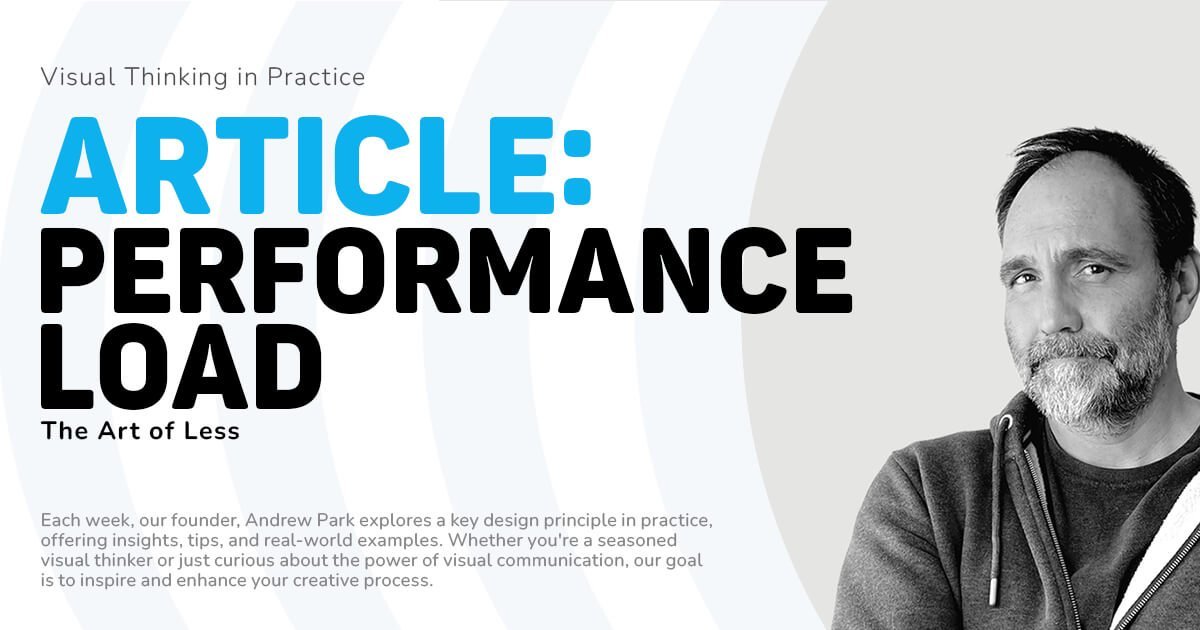
Anthropomorphism: Why Do We Give Feelings To Machines?
Why do we see faces in clouds, cars with expressions, or even attribute human emotions to our household appliances (admit it, your Henry Hoover has feelings)? The answer lies in the ancient concept of anthropomorphism—a principle as old as humanity itself, born from our inherent need to understand and relate to the world around us by projecting our own characteristics onto it.

Hick's Law: The Overwhelming Choice of Dilemma
Picture this: You walk into a diner with a menu the size of a small novel. You’re hungry, but now you’re stuck—overwhelmed by choice, paralysed by indecision. Welcome to Hick’s Law in action, a psychological principle that’s been quietly dictating human behaviour since the 1950s...

The Scaling Fallacy: A Tricky Little Concept
Understanding the Scaling Fallacy isn't just for philosophers or over-caffeinated academics. It's vital for anyone who wants to make an impact with their ideas, especially in creative fields where size does not always equate to success.

Performance Load: The Art of Less
Performance Load teaches us that less truly is more. Visual thinking is about distilling complexity into clarity, turning a tangled web of ideas into a neat, navigable roadmap.

Constraint: Creativity's Secret Weapon
Ever heard of the phrase, ‘necessity is the mother of invention’? Turns out, constraint is its often-overlooked sibling—perhaps the unsung hero of creativity.

Signal to Noise: Navigating the Creative Cosmos
In the chaotic symphony of modern life, where every ping and notification competes for our limited attention, the concept of ‘signal to noise’ has never been more relevant. But before it became the buzzword of the digital age, it had its origins in the dry and dusty world of early telecommunications.

